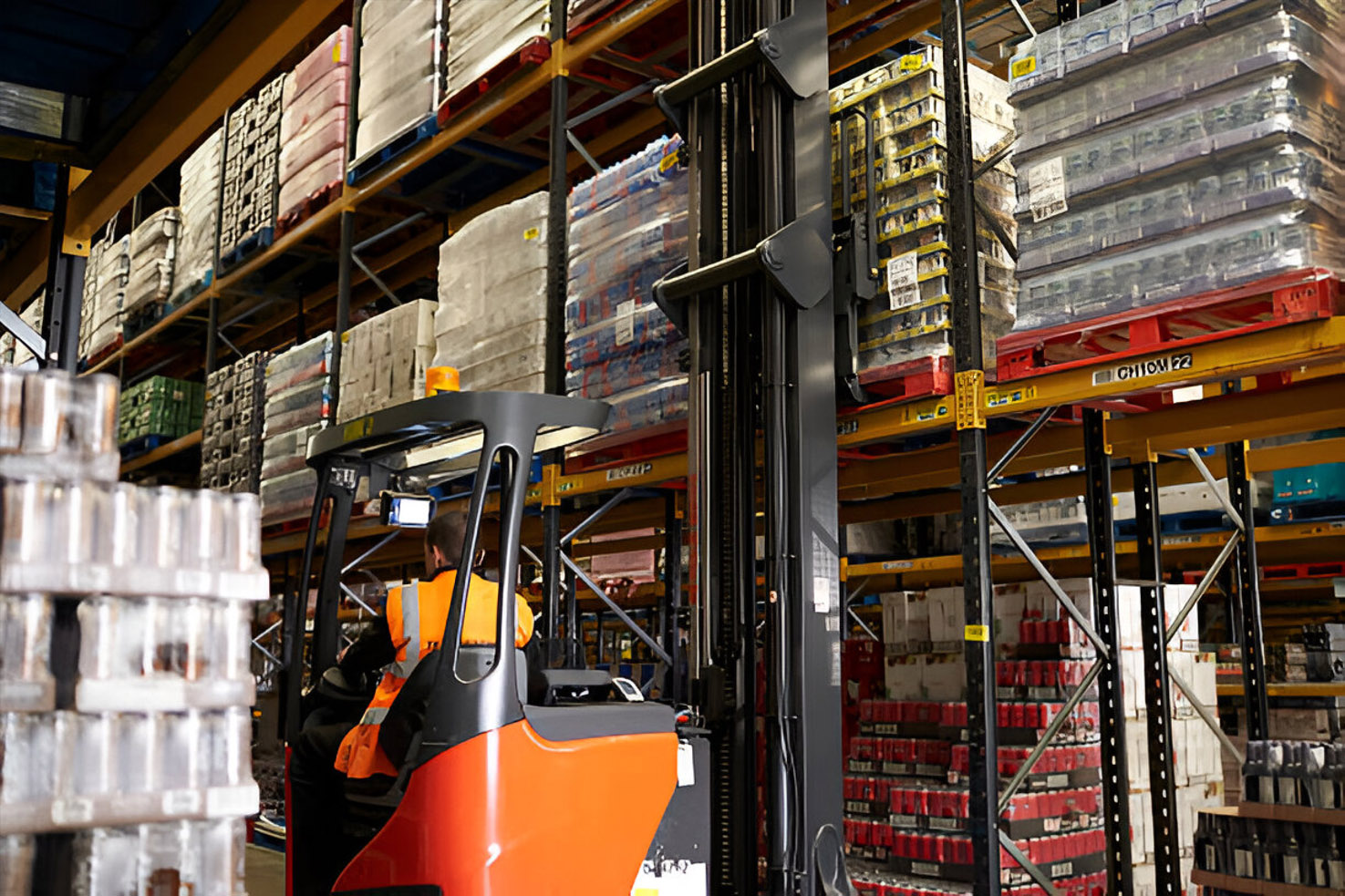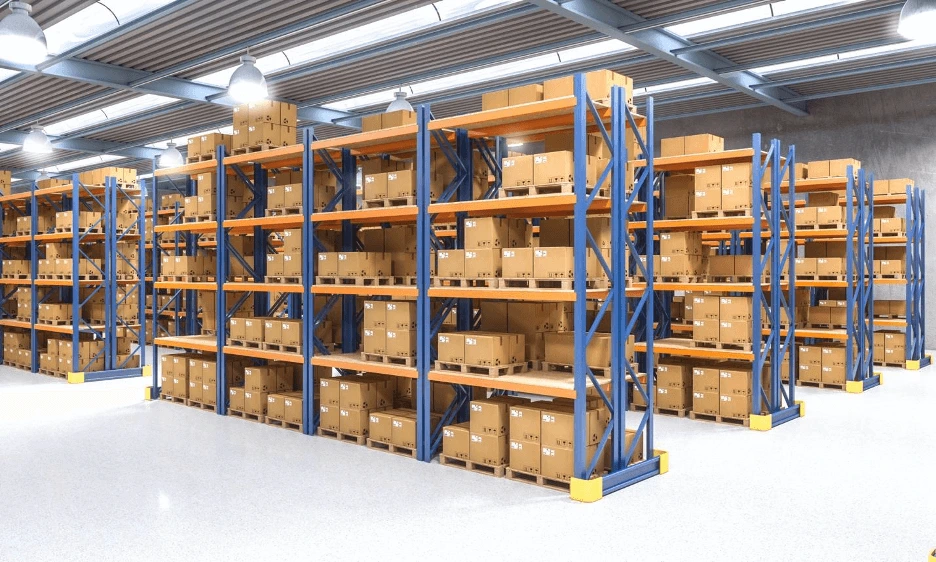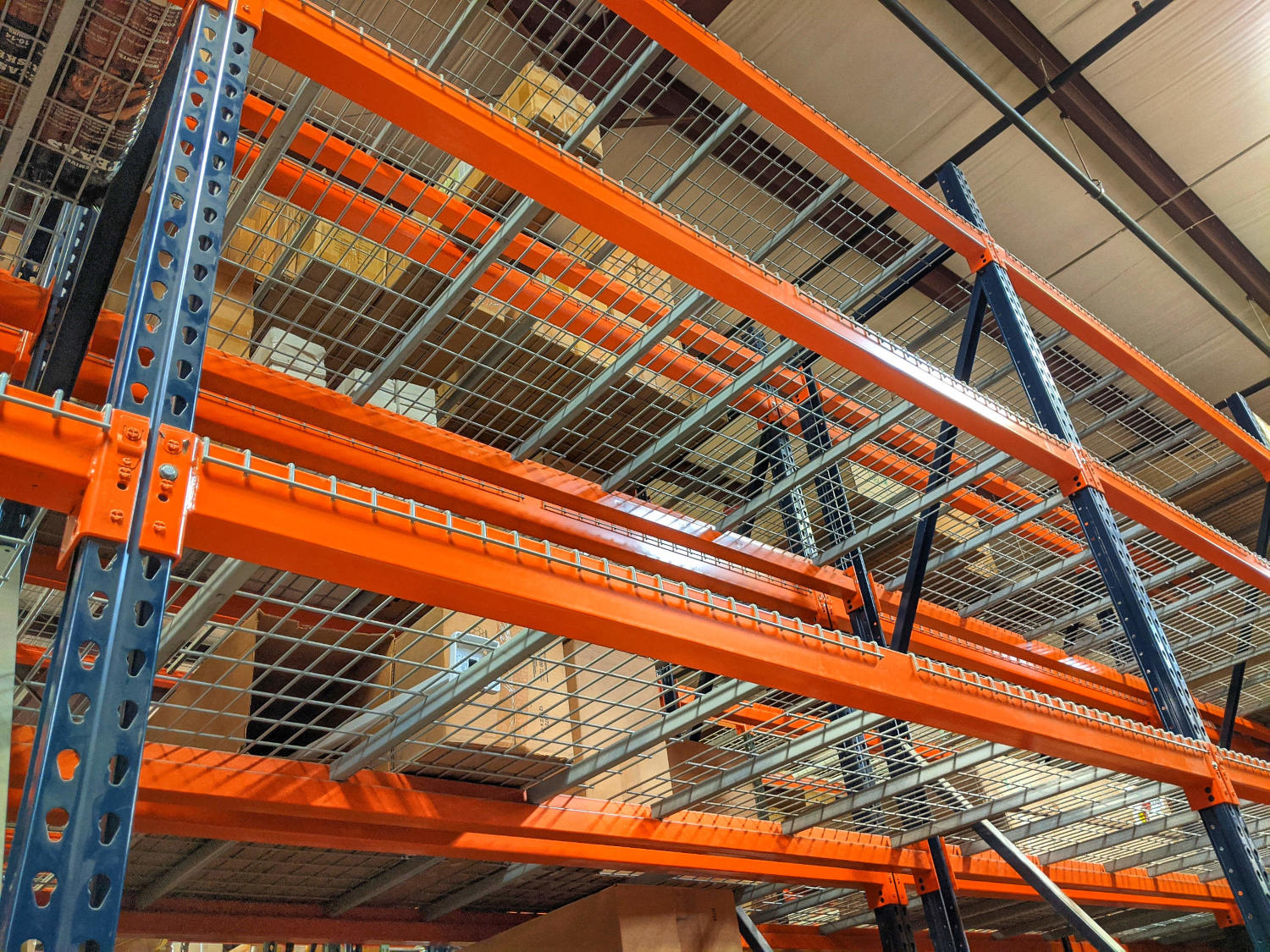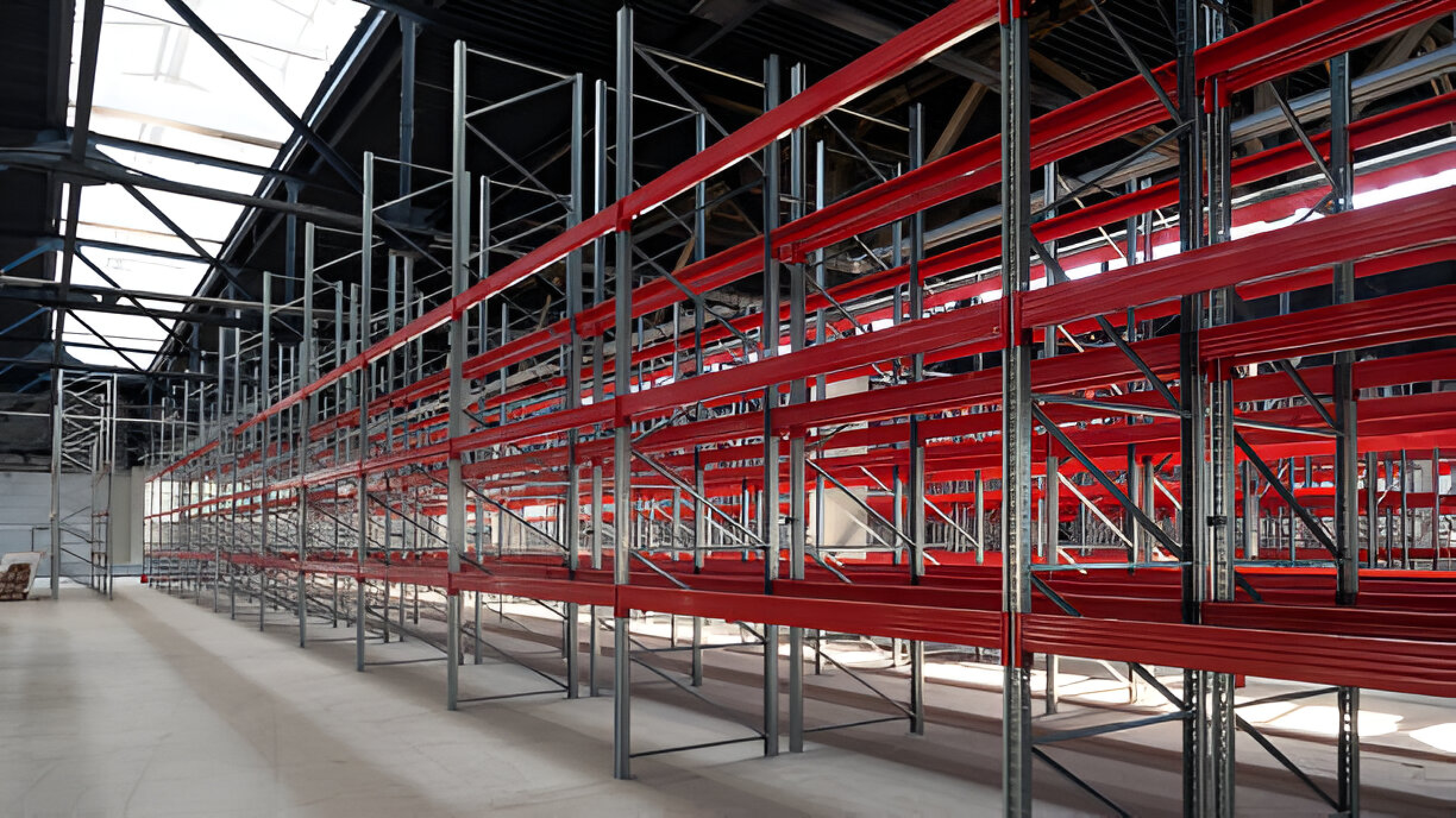Choosing the Right Warehouse Racking System: Key Factors to Consider
Selecting the Right Warehouse Racking System stands out as one of the most crucial decisions a warehouse manager, logistics coordinator, or business owner will ever face. The racking system you ultimately decide on has a profound influence on several critical aspects of your operation, including how much inventory you can store, how efficiently your team can access and move goods, the safety of your workforce, and the overall financial implications over time. With an array of choices available—ranging from versatile selective racks ideal for varied stock to high-density systems designed to maximize every inch of space—pinpointing the Right Warehouse Racking
How Thick Does Concrete Need to Be for Pallet Racking?
When installing a heavy duty racking system, the foundation is crucial for ensuring safety, stability, and durability. The thickness of the concrete floor plays a significant role in supporting the weight of the racks and the stored goods. This guide explores the importance of proper concrete thickness, how to calculate it, and why it’s critical for heavy-duty storage solutions. Additionally, we’ll explain how JB Equipment can help you design and install a racking system that meets your needs while adhering to industry standards.
Understanding Heavy Duty Racking Systems
A heavy duty racking system is specifically designed for warehousesPallet Racks: Why You Absolutely Need Wire Decking Today?
When setting up a warehouse, choosing the right racking system is critical to maximizing storage, improving safety, and enhancing operational efficiency. One common question businesses face is whether wire decking is necessary for their pallet racks. This article delves into the importance of wire decking, its advantages, and how it integrates with warehouse racking systems to ensure safe and effective storage solutions.
Understanding Warehouse Racking
Warehouse racking is a structured storage system used in warehouses to store goods efficiently and systematically. It involves a series of uprights, beams, and other components to create tiers of storage, maximizing vertical spaceWhat is the most widely used pallet racking system?
Efficient warehouse storage is a cornerstone of modern supply chain operations, and pallet racking systems are central to achieving this efficiency. These systems not only optimize storage but also enhance organization, accessibility, and safety. Among the many types available, the selective pallet racking system is the most widely used due to its adaptability, cost-effectiveness, and ability to meet the needs of diverse industries.
This comprehensive guide will explore pallet racking systems in detail, focusing on their types, benefits, and applications, with a special emphasis on the selective pallet racking system. Furthermore, we’ll explain why JB Equipment is




